Saskia de Rothschild On Building a Winemaking Empire
The new wine book “Château Lafite: The Almanac” breaks down Château Lafite Rothschild’s greatest vintages.
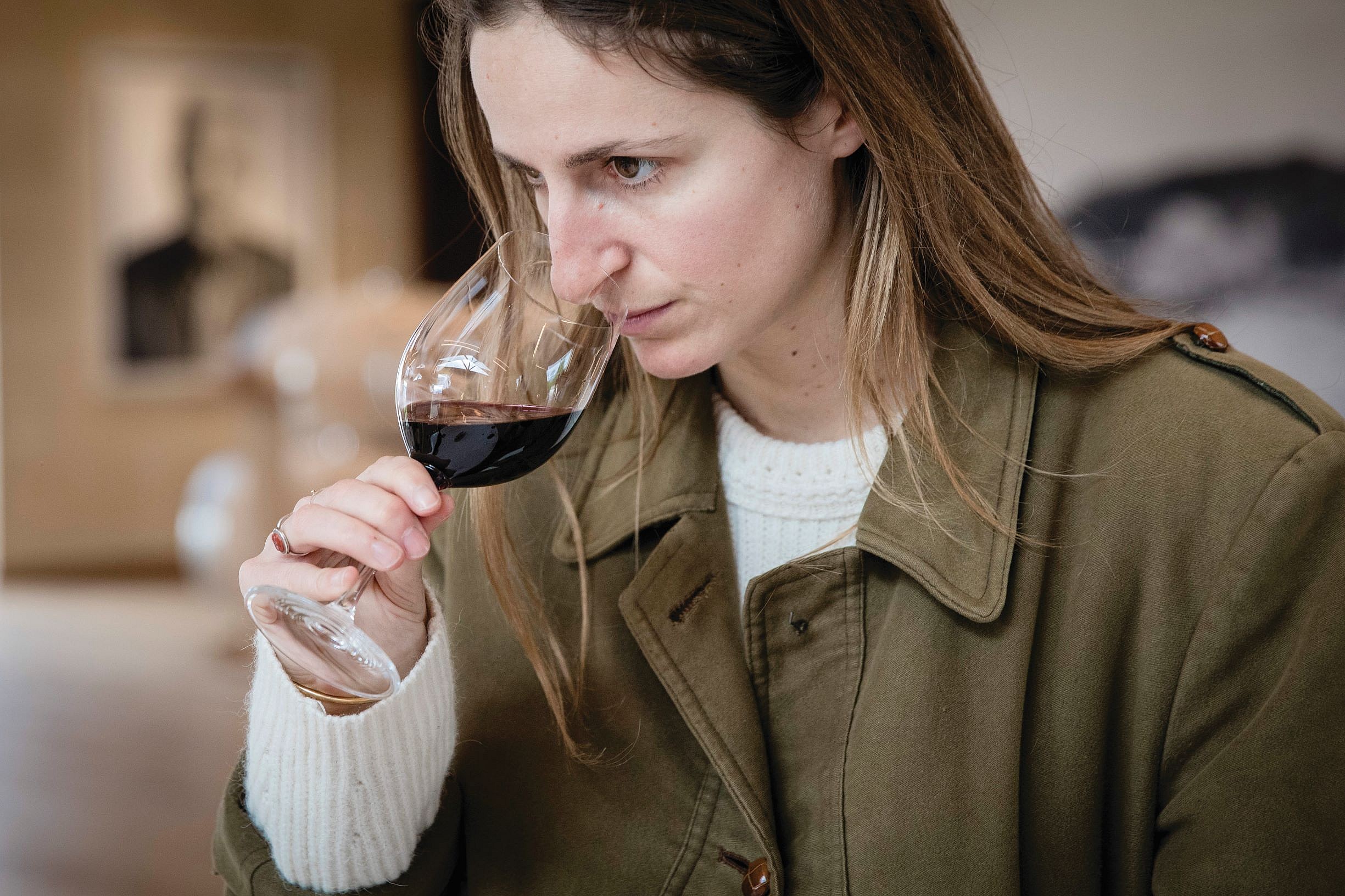
At 33, Saskia de Rothschild is the youngest person currently leading a Premier Grand Cru Bordeaux estate, the legendary Château Lafite Rothschild, which has been in her family since 1868. She’s also the first-ever female chairwoman of Domaines Barons de Rothschild (Lafite), the Rothschilds’ wine empire with its portfolio of eight prestigious wineries on three continents.
The world’s most expensive and sought-after Bordeaux, current Château Lafite Rothschild vintages cost around $700 a bottle, while highly-coveted bottles such as the 1982 sell for around $4,000 (according to Bloomberg).
A former investigative reporter, Saskia, Lafite’s sixth generation winemaker, has a master’s degree in journalism from Columbia and worked for the New York Times in Paris—skills that came in handy for her latest project, Château Lafite: The Almanac, a beautiful new book published by Flammarion.
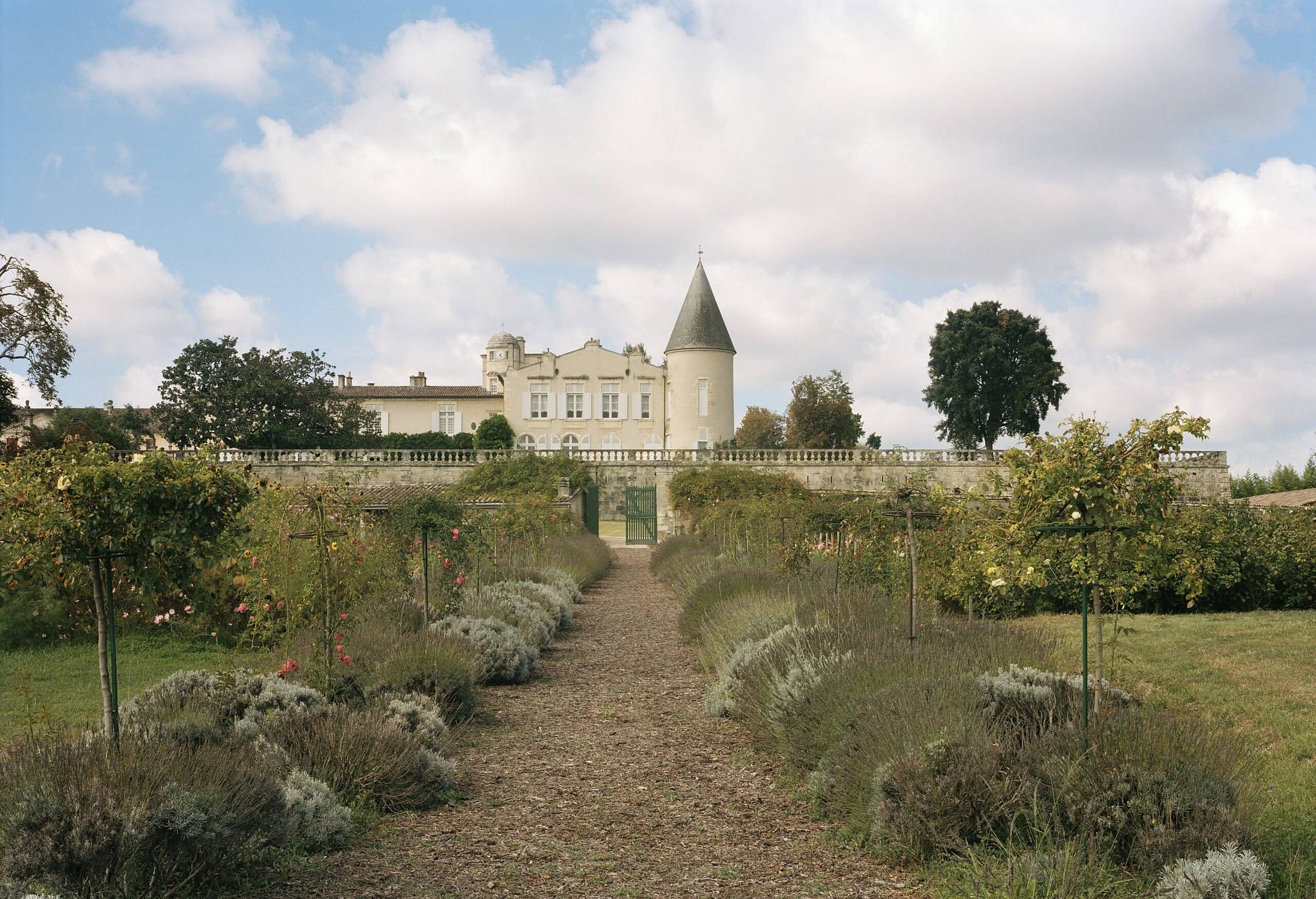
With a foreword by her father, Baron Éric de Rothschild, who managed the estate from 1974-2018, the 600-plus page book is a comprehensive guide to Lafite’s 150 Rothschild vintages, illustrated with historical documents, press clippings, and photographs, and demonstrating the family’s desire to “combine deep respect for tradition with a commitment to evolve with the times, protecting Lafite’s singular, vibrant, and evolving legacy for the next 150 years.”
Each of the 150 vintages, many of them among the most iconic in the wine world, is presented with tasting notes, the meteorological aspects that affected them, and the grape blends that make each one unique. Saskia unearthed an “archival gem” for each year, from a harvesters’ menu in 1922 to portraits by master photographers including Robert Doisneau, Richard Avedon, and Paolo Roversi. Here she discusses the past, present and future of the world’s greatest Bordeaux estate.
How and why did you make the transition from award-winning investigative journalist to leading the top first-growth Bordeaux estate?
I had grown up spending time on my family’s vineyards and asking a million questions of the vineyard and cellar workers. Since I was a child, I’ve always wanted to tell stories. That’s how I went on to have a career in journalism: a profession that was also all about stories, investigation, and asking questions to understand different realities. I was working in Ivory Coast when I decided to change paths and go back to my roots. I went back to university to study viticulture and get a formal education to gain legitimacy in this world [of wine].
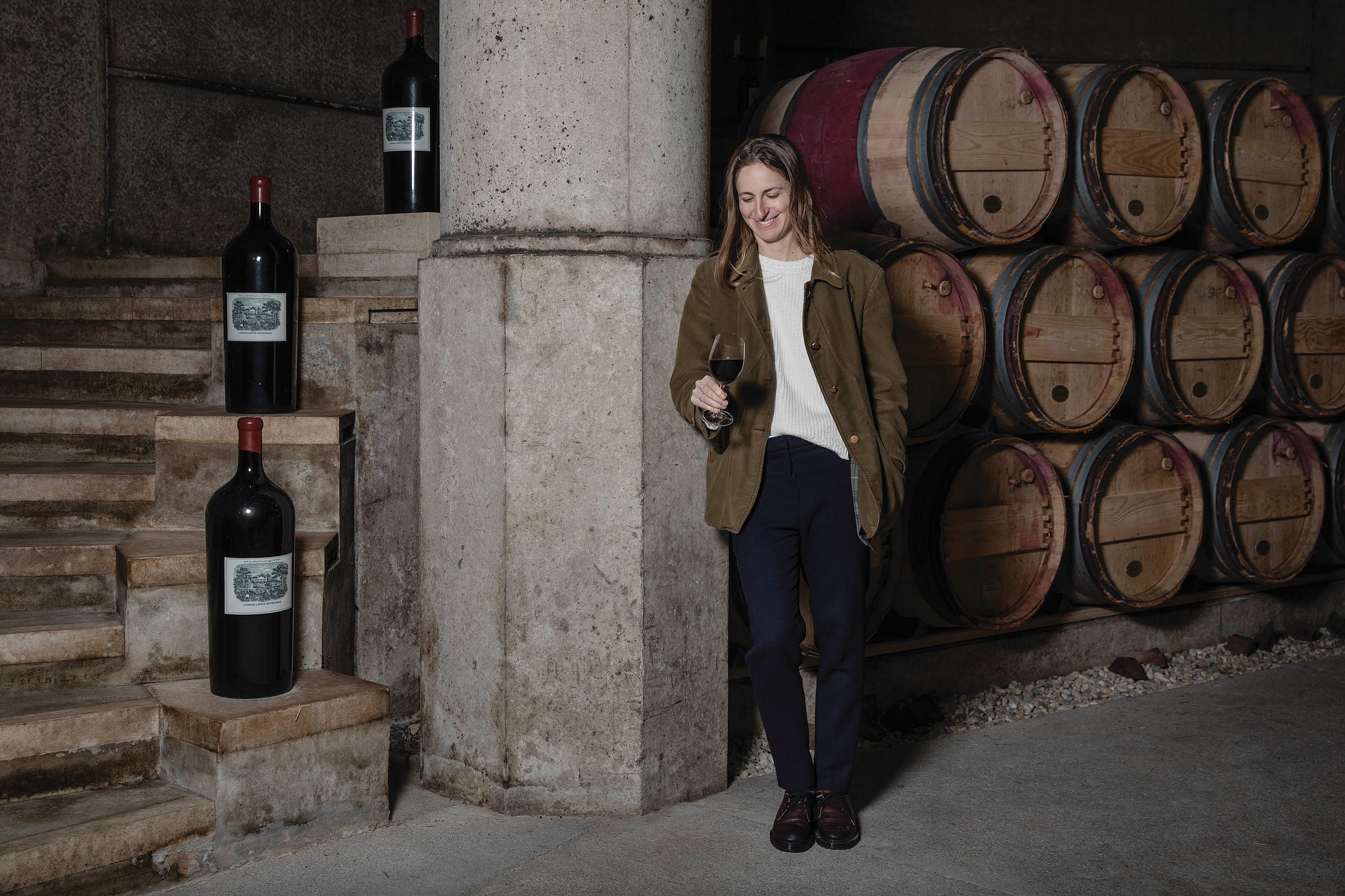
How do family, heritage, expertise and innovation contribute to Château Lafite Rothschild’s position as the world’s most sought-after Bordeaux wine?
It’s all about long-term planning and knowing deep down and intuitively what should never change. This estate has been in our family for 150 years and that is our biggest opportunity: this allows us to have continuity. It’s a family story also in our teams in the vineyards; there are generations of men and women whose grandparents and even great-grandparents were already working on those same vines. Through oral tradition, the teams who work in the vineyard today have built their know-how on what has been understood before their time. When you know that a vine can last 100 years, this is the key. Intuitively you need to know what you never want to see change. That’s the only way you can take the risk to evolve on the rest.
What are the biggest challenges currently facing the French wine industry?
Climate change is the big challenge and the need to adapt viticulture practices globally. We have been converting all our French estates to organic farming and, in today’s times of more extreme weather, it is a difficult task that requires a lot of resilience. But it is absolutely essential to do it.
How will Château Lafite Rothschild evolve over the next 150 years?
I believe that our dependence on nature—soil and weather—will keep us grounded in what we do best: great wines. You have to be very humble when your fate can be decided by a frosty night, a hailstorm, or the amount of sunlight your grapes will receive in a given year. What is certain is that nature and how we can help the land tell its story through light human interaction will still be what we do best.
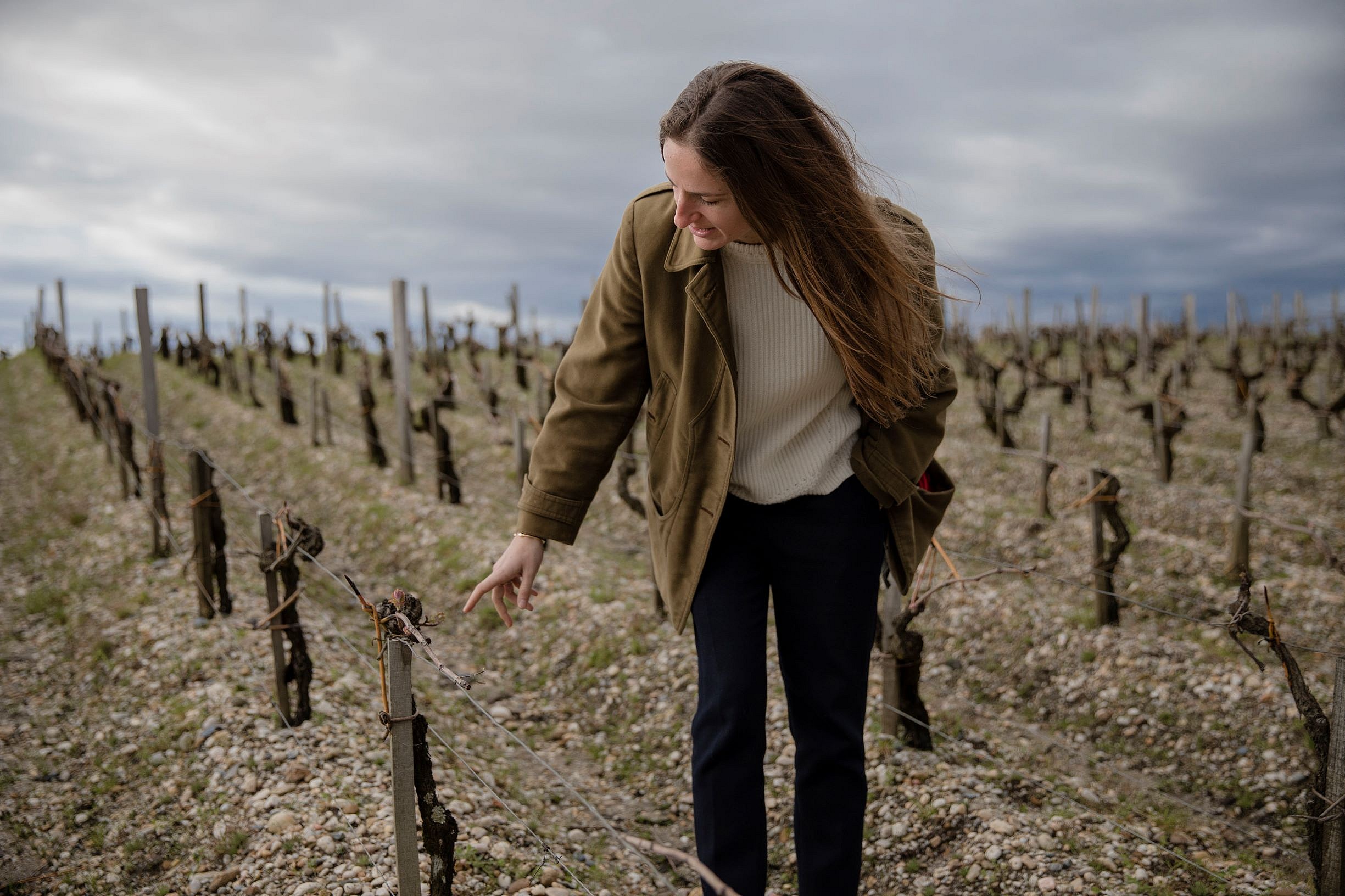
What was one of the most challenging aspects of researching and writing the book?
The most challenging part was the research and editing process. I was worried I would leave out some of the key elements of Lafite’s history. This was a four-year project, and I kept finding fascinating new documents in the archives that I wanted to add to the book. Even last week, while opening the drawer of a writing desk in the Chambre Jaune, one of the old bedrooms at Lafite, I discovered a stack of old thank-you cards addressed to my great aunt, Baronne Elie; receipts for food supplies from 1946; and a menu from an event hosted in Pauillac in 1956.
Can you talk about the collaboration process with historian Laurent Chavier?
What was your day-to-day interaction and schedule like? Laurent is an expert in 17th Century history. For him to work on a 150- year timeline seemed almost too recent! On top of that, I needed him to take off his historian cap and analyze the archives with fresh and curious eyes. Our objective was to unearth an original archival element for each of the 150 vintages that Lafite has produced since my family moved in. My goal was to show documents that were representative of daily life at Lafite over the years. For example, a receipt from the butcher for 260 sausages served during a harvest lunch in 1911.
Another challenge for Laurent was to work in our very DIY archival space, a garage where my father keeps his old motorbikes. A plank of wood served as a makeshift desk and Laurent was surrounded by stacks of boxes and piles of rolled up maps. The two of us would spend hours opening the boxes, one at a time, marveling at what we found. During the final stages, we would spend days going over everything we discovered, editing down documents for inclusion, and checking off each year until we had counted all 150 of them.
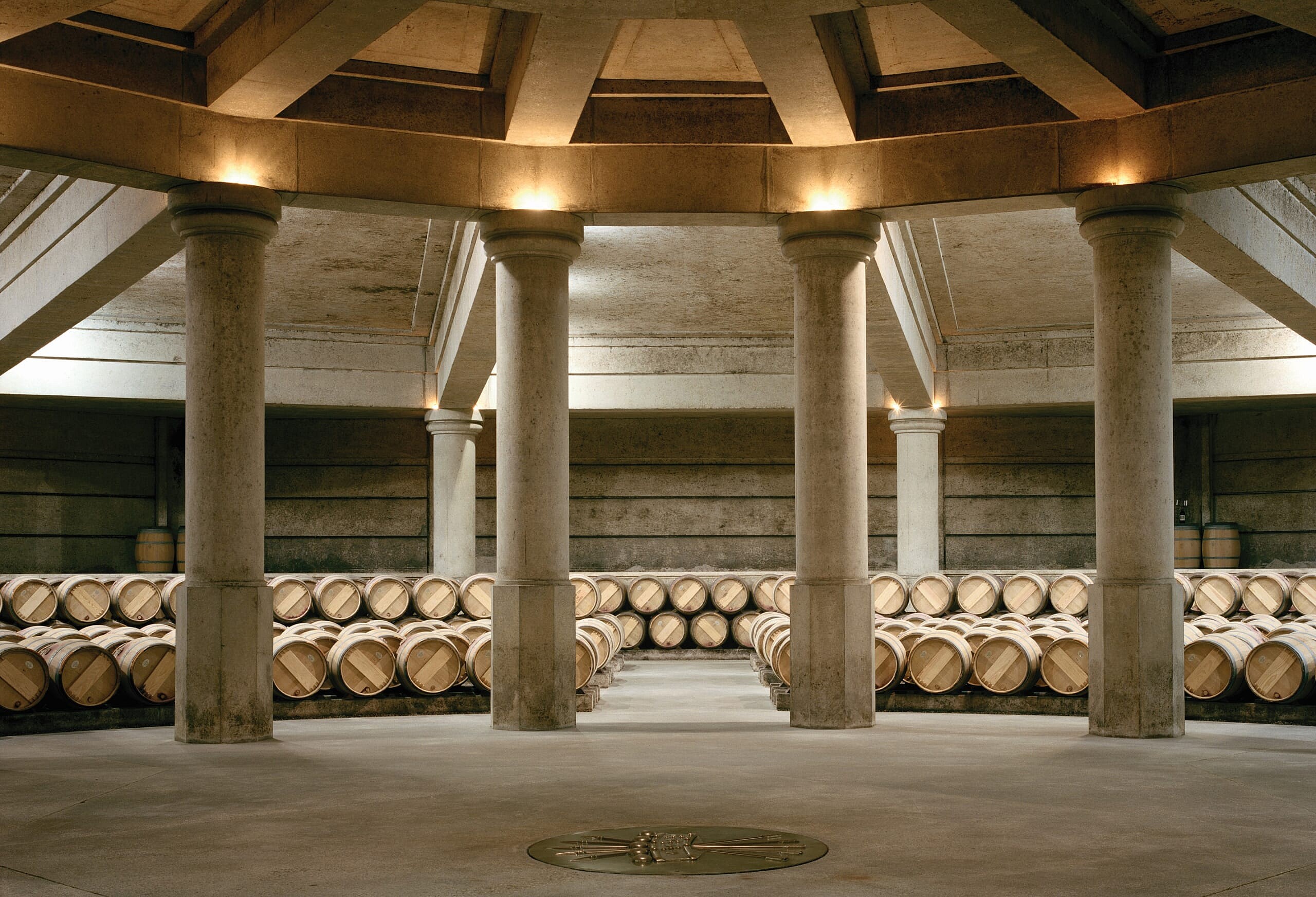
How did you decide on the book’s format and the photography style?
The creative team M/M Paris helped to turn my ideas into reality. I first went to see them in their studio in Paris with the book idea back in 2016 with my father. I loved the books they had designed like the incredible one on Stanley Kubrick’s Napoleon. The first step of the design process was to take the M/M team around Lafite so they would understand the estate. Together, we came up with the idea of having a beige canvas cover so that, over time, it would get stained by wine drops, just like our barrels.
In the “millésimes centenaires” cellar, they found some old dusty number plates that our former cellar master used in the 1950s to stencil the vintage dates with paint, and they decided we had to incorporate that stencil typography. Once we had gathered all the archival elements, instead of scanning them flat, we made the decision to shoot each element in situ at the castle using only natural light.
What are some of the trends practiced in the vineyards or winery in the past that you’re seeing reappear today?
We found out that the new, quicker approach of following the sap path to prune the vines was actually used in the vineyards in the past. In the 1960s and ’70s, this is how they would prune before industrialization came into play at the end of the 1970s. We are now in an era where we want to take the time to go back to following the natural path of vine growth rather than focusing on how quick and efficient we can be in the vineyards.
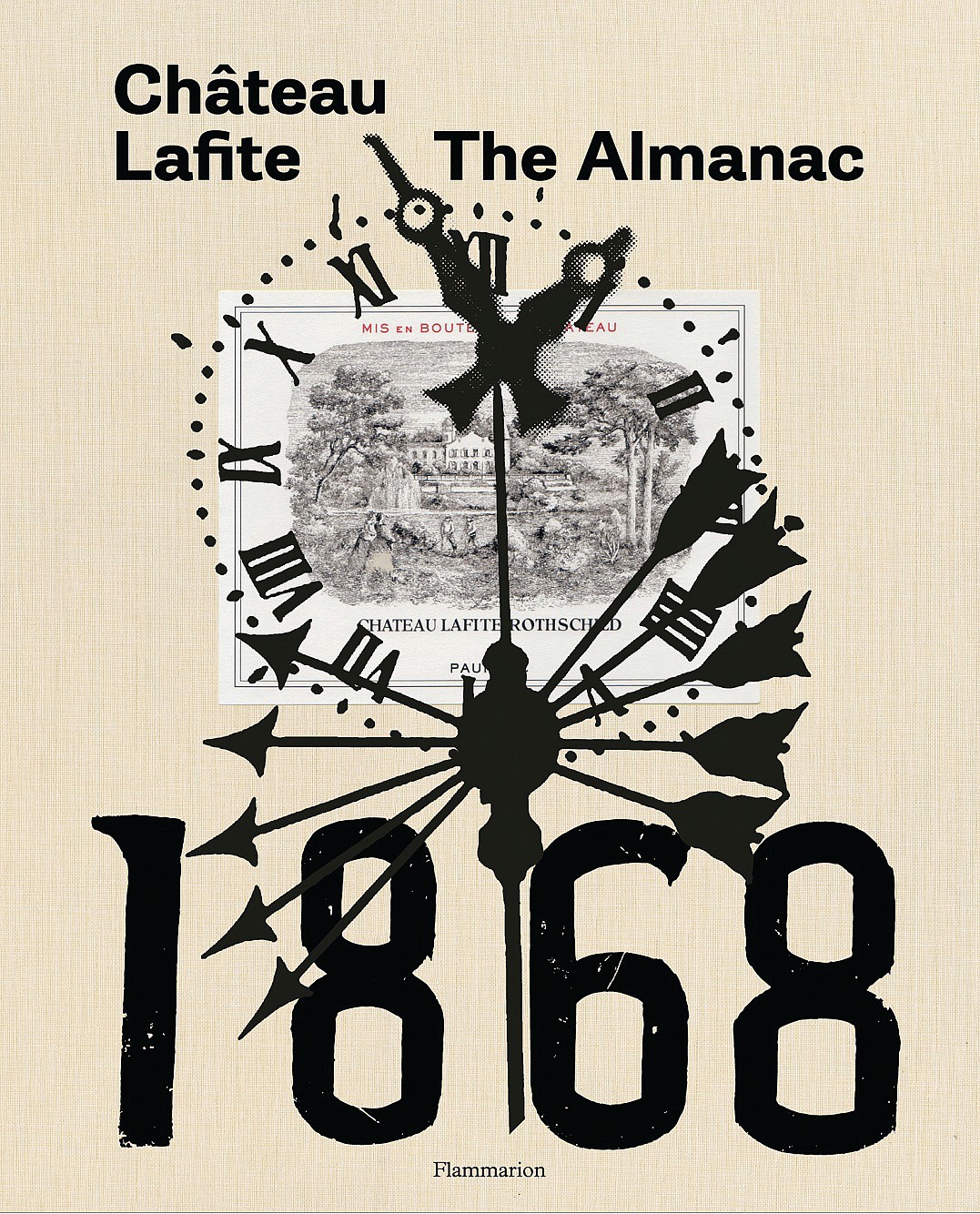
What has been your fondest memory growing up of a vintage, and did you learn anything surprising about it while digging through the archives?
I absolutely love the 1996 vintage and was excited to learn that it was, in the words of the cellar master Francis, one of the easiest vintages he ever produced. He said the wine practically made itself. I like the idea of standing back and letting nature do the work. At that time I was nine years old; all I remember is running in the cellar with my brothers on top of the barrels, and tasting unripe grapes every summer day until the day they were finally ripe.
One of my strongest and most moving memories of a vintage, however, is the 1999, since it was the year when the large cedar tree that towered above the château fell during a storm. I was driving to Lafite that night with my father and brothers, and we had to stop and stay in a hotel because the storm was too strong to keep going. When we reached Lafite the next day, I saw tears in my father’s eyes. From the top of the hill, he had seen that the cedar was no longer standing. That tree must have been over 200 years old. We took a cutting from it to grow a new tree that now stands in its place, 20 years later.
Château Lafite: The Almanac is modeled after a farmer’s almanac, which is used to help advise on crops. What do you hope for readers to discover when flipping through the pages?
We want this to be a fun guide that’s easy to digest and free of the formality often associated with wine. The key to a vintage is that year’s weather, so we wanted to shed light on that. The rest is subjective, since each person will reminisce differently about the vintages and the impact the wine had at that particular moment of their life. That is why we decided to share for each vintage a subjective tasting note—from critics, winemakers, and oenologists—taken at different moments of the wine’s life.
